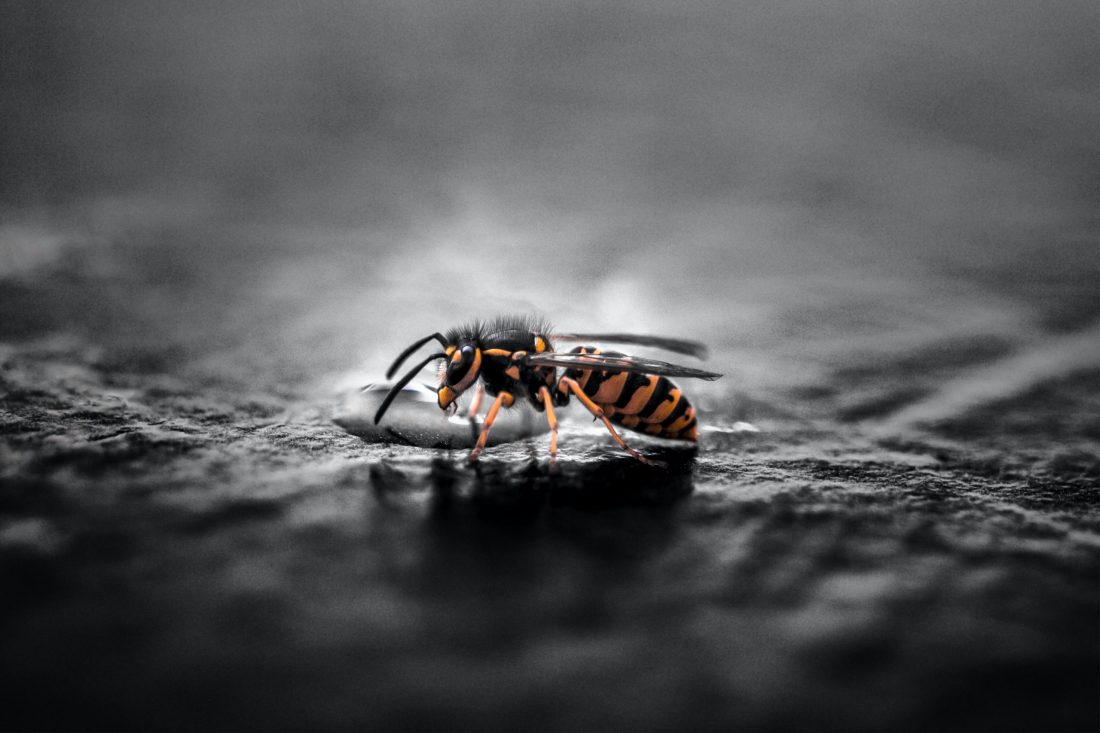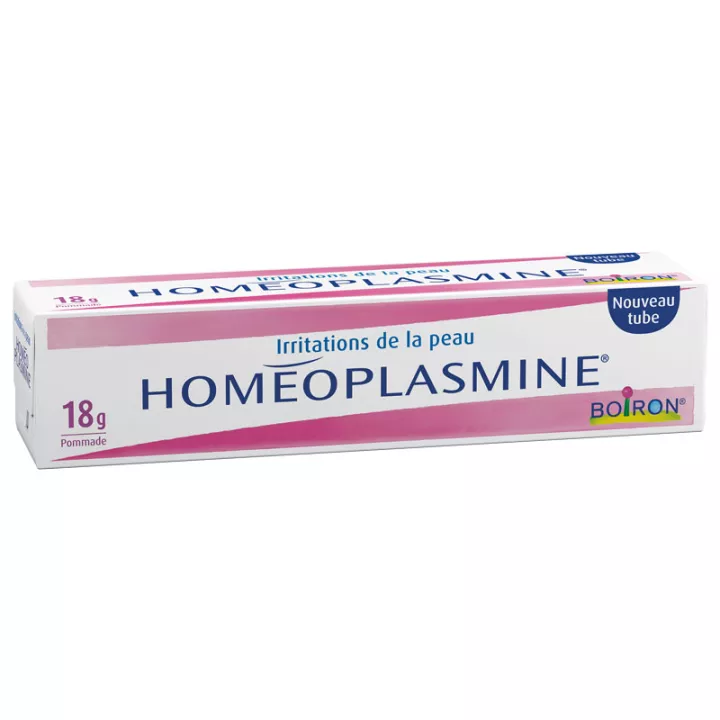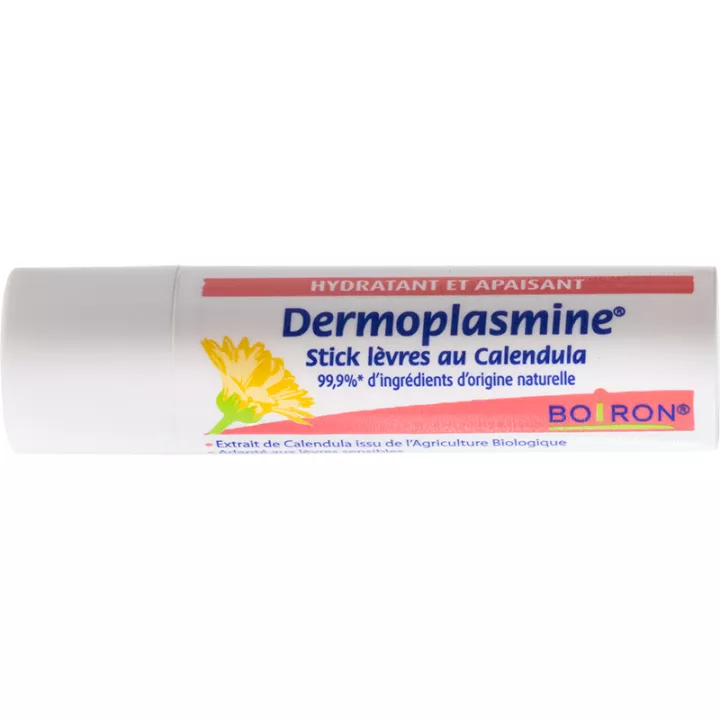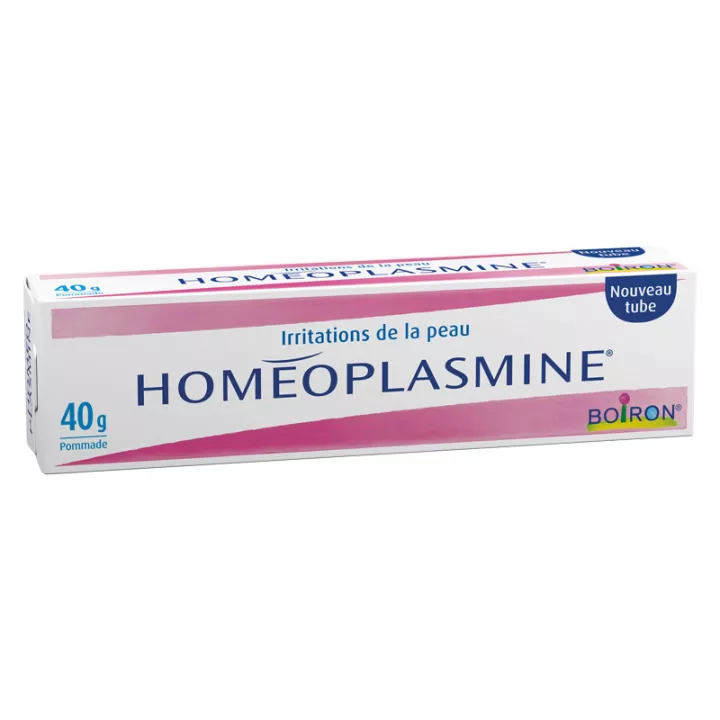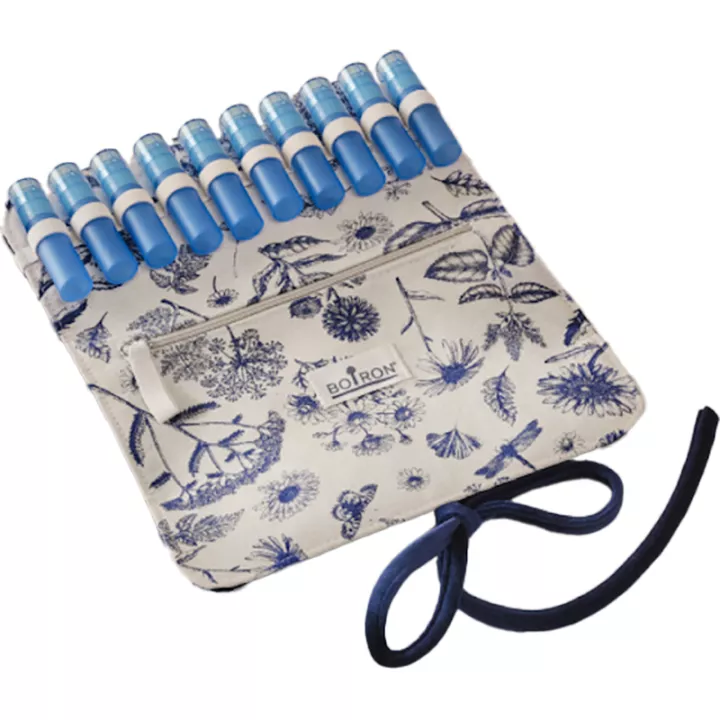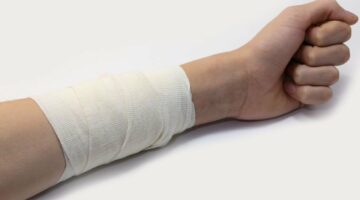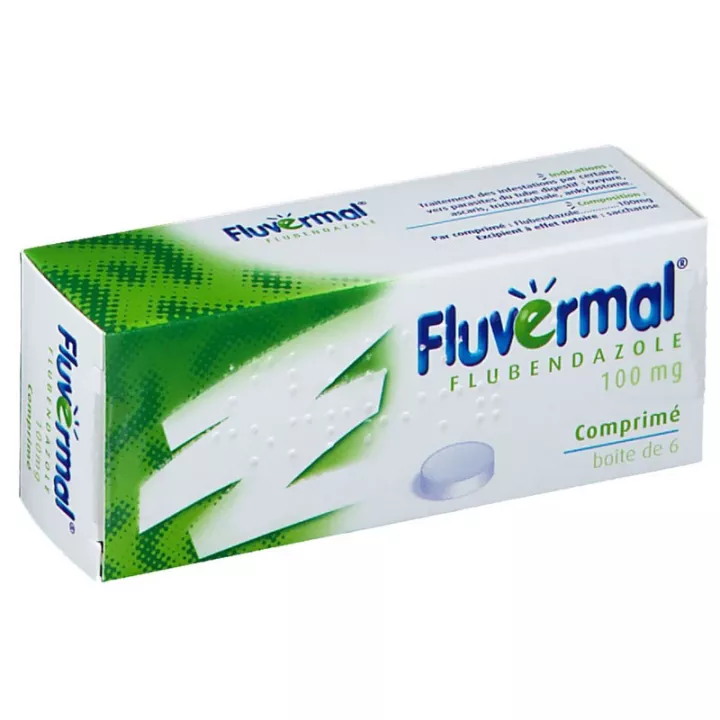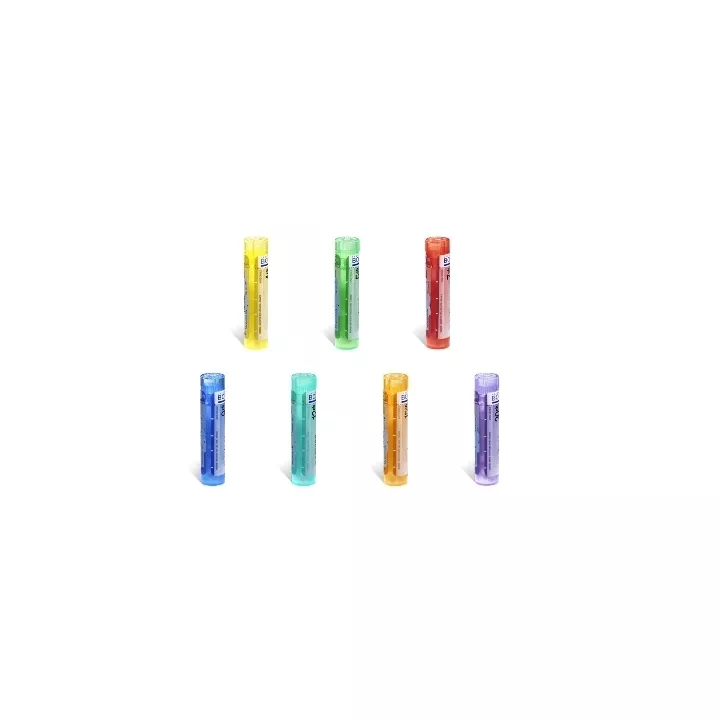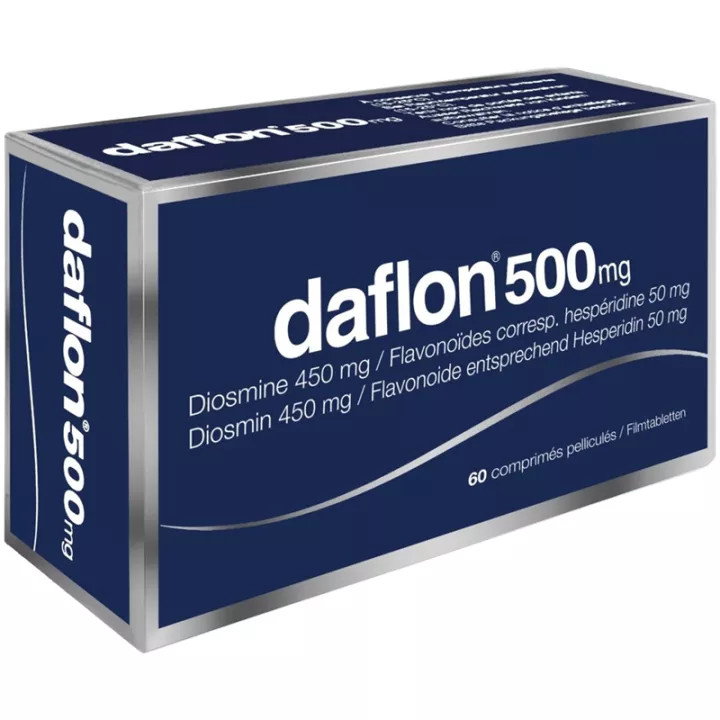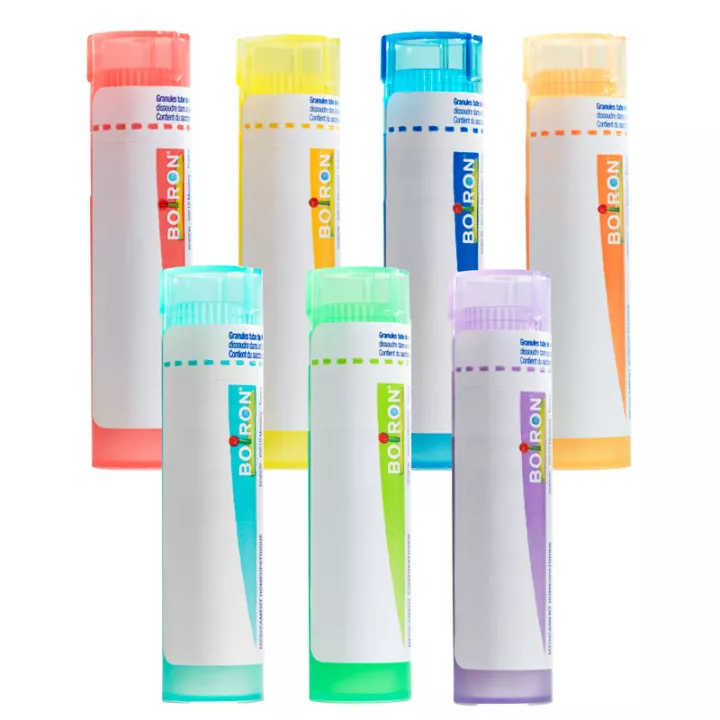NOTICE
ANSM - Updated: 18/02/2018
Name of the drug
HOMEOPLASMINE, ointment
framed
Read all of this leaflet carefully before you start using this medicine because it contains important information for you.
You should always use this medicine exactly as described in this leaflet or by your doctor or pharmacist.
· Keep this leaflet. You might need to read it again.
· Talk to your pharmacist for any advice or information.
· If you get any side effects, talk to your doctor or pharmacist. This also applies to any undesirable effect that is not mentioned in this leaflet. See section 4.
· You should talk to your doctor if you do not feel better or if you feel worse.
What does this booklet contain ?
1. What is HOMEOPLASMINE, ointment and in what cases is it used?
2. What information do you need to know before using HOMEOPLASMINE, ointment?
3. How to use HOMEOPLASMINE, ointment?
4. What are the possible side effects?
5. How to store HOMEOPLASMINE, ointment?
6. Contents of the package and other information.
1. WHAT IS HOMEOPLASMINE, OINTMENT AND WHAT IT IS USED FOR?
Pharmacotherapeutic group: skin protector (D: Dermatology)
It is used as an adjunctive treatment for skin irritations.
2. WHAT YOU SHOULD KNOW BEFORE USING HOMEOPLASMINE, ointment?
Never use HOMEOPLASMINE, ointment:
· On superinfected or oozing lesions.
· If you are allergic to the active substances or to any of the other ingredients of this medicine, listed in section 6.
Warnings and precautions
Due to the presence of boric acid: application to mucosa or damaged skin increases the systemic passage of boric acid and in children may expose to toxic systemic effects. These effects are all the more to be dreaded as the topical is used for a prolonged or repeated, over a large area, under occlusion (closed bandage, layer ...), on damaged skin (including burned), on mucous membranes and at home. 'infant.
Talk to your doctor or, pharmacist before using Homéoplasmine, ointment .
children
HOMEOPLASMINE, ointment should not be used in children under 30 months.
Other medicines and HOMEOPLASMINE, ointment
Tell your doctor or pharmacist if you use, have recently used, or may use any other medicines.
HOMEOPLASMINE, ointment with food, drinks and alcohol
Not applicable.
Pregnancy and breast feeding
This drug is not recommended during pregnancy and in women of childbearing potential not using effective contraception. It is necessary to interrupt either the drug or breastfeeding. In case of application of the drug on the breasts, if a woman decided to breastfeed, it would clean the skin before each feeding In animals, one of the substances contained in this drug has impaired fertility. Tell your doctor if you are planning a pregnancy or have difficulty conceiving .
If you are pregnant or breast-feeding, think you may be pregnant or are planning to have a baby, ask your doctor or pharmacist for advice before taking any medicine.
Driving and using machines
Not applicable.
HOMEOPLASMINE, ointment contains
Not applicable.
3. HOW TO USE HOMEOPLASMINE, ointment?
Dosage
Irritations of the skin: 1 to 3 applications per day in thin layer.
Administration mode
Dermal
If you have used more HOMEOPLASMINE, ointment than you should
Not applicable.
If you forget to use HOMEOPLASMINE, ointment
Not applicable.
If you stop using HOMEOPLASMINE, ointment
Not applicable.
If you have any further questions about the use of this medicine, ask your doctor or pharmacist for more information.
4. WHAT ARE THE POSSIBLE SIDE EFFECTS?
Like all medicines, this medicine can cause side effects, although not everybody gets them.
The following side effects have been reported:
Burning sensation at the application site, redness at the application site, eczema, hypersensitivity reactions including angioedema.
Risks of systemic effects (see section 2).
In infants and children, boric acid has been responsible for serious intoxication. Cutaneous signs (intense and diffuse erythroderma, followed by desquamation with predominant initial erythema often in the seat and mouth) should be alert.
Reporting of side effects
If you get any side effects, talk to your doctor or pharmacist. This also applies to any undesirable effect that is not mentioned in this leaflet. You can also report side effects directly via the national reporting system: National Agency for the Safety of Medicines and Health Products (ANSM) and the network of Regional Pharmacovigilance Centers
By reporting side effects, you can help provide more information about the safety of the medicine.
5. HOW TO STORE HOMEOPLASMINE, Ointment?
Keep this medicine out of the sight and reach of children.
Do not use this medicine after the expiry date which is stated on the carton. The expiry date refers to the last day of this month.
Do not use beyond one year after opening the tube.
Store at a temperature below 25 ° C.
Do not dispose of any medication in the sewer or with household waste. Ask your pharmacist to eliminate medications that you no longer use. These measures will help protect the environment.
6. CONTENTS OF PACKAGING AND OTHER INFORMATION
What HOMEOPLASMINE contains, ointment
· The active substances are:
Marigold tincture of gardens ............................................. .................................................. 0.1 g
Phytolaque tincture ............................................... .................................................. 0.3 g
Bryone tincture ............................................... .................................................. ................. 0,1 g
Tincture of benzoin from Laos ............................................. .................................................. ....... 0.1 g
Boric acid................................................ .................................................. ........................ 4.0 g
For 100 g of ointment
· The other component is:
Vaseline.
What HOMEOPLASMINE, ointment and contents of the pack
This medicine comes in the form of an ointment. The box contains an 18 g tube or a 40 g tube.
Marketing Authorization Holder
boiron
2 avenue west Lyon
69510 messimy
la France
Operator of the marketing authorization
boiron
2 avenue west Lyon
69510 messimy
la France
Maker
boiron
2 avenue west Lyon
69510 messimy
la France
Names of the drug in the member states of the European Economic Area
Not applicable.
The last date this leaflet was revised is:
[to be completed later by the holder]
Other
Detailed information on this medicine is available on the ANSM website (France).
